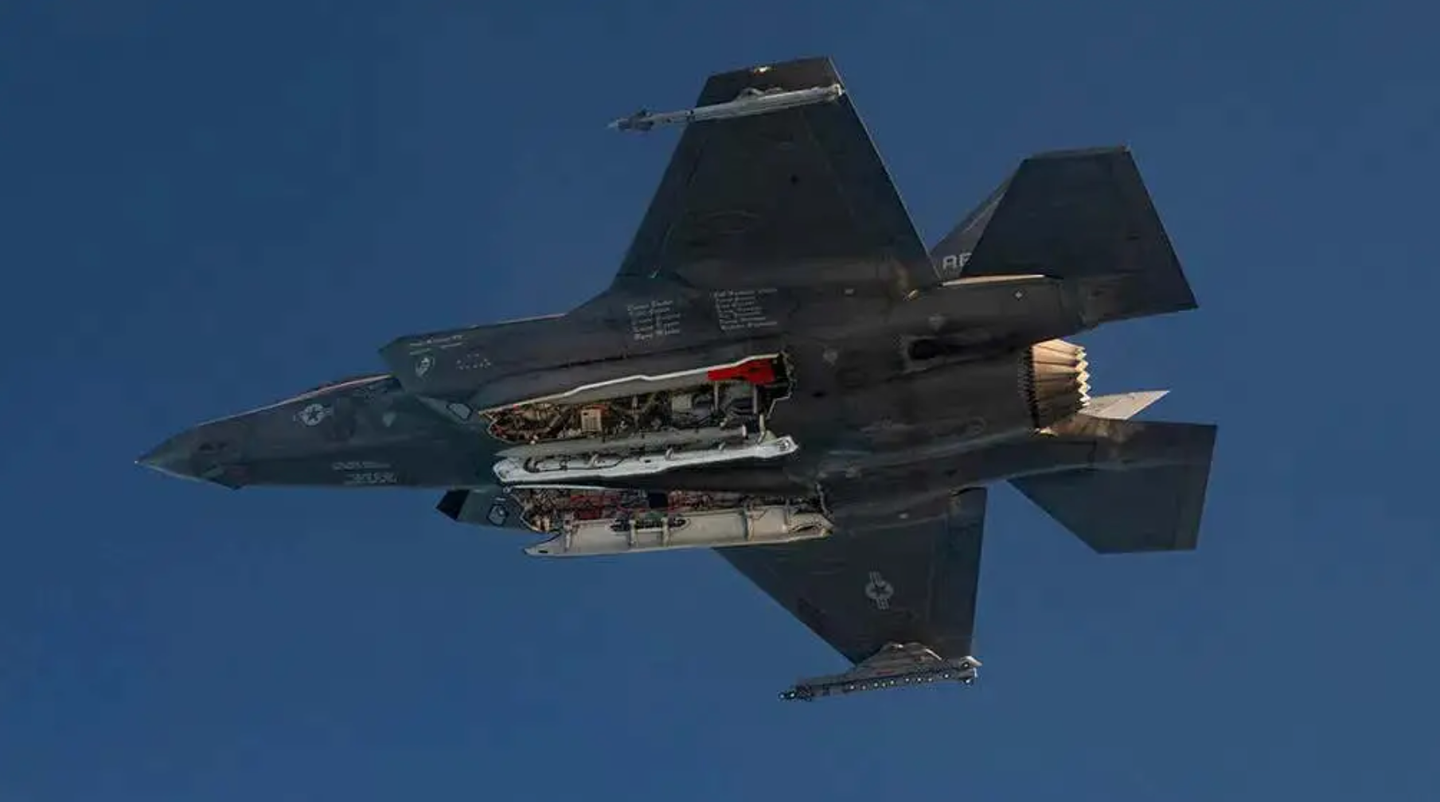The U.S. Army has awarded General Dynamics Land Systems (GDLS) a contract to begin preliminary design for a new variant of the Abrams tank, designated M1E3. This new tank is expected to be lighter and incorporate advanced technologies to enhance its battlefield survivability, according to Brig. Gen. Geoffrey Norman, the head of combat vehicle modernization.
The contract aims to align the development of the M1E3 Abrams with the M30 Mechanized Infantry Combat Vehicle, hoping to field both simultaneously within armored brigade combat teams. Whether this alignment is possible will depend on factors such as technology maturation and budgets.
The Army is currently running a competition between American Rheinmetall Vehicles and GDLS to develop the XM30 vehicle, which will replace the Bradley infantry fighting vehicle. A winner is expected to be chosen by late fiscal 2027 or early fiscal 2028.
The preliminary design schedule for the M1E3 is under review, with a more concrete timeline anticipated by fall. The Army decided last fall to abandon its upgrade plans for the Abrams tank in favor of a more significant modernization effort, resulting in the end of the M1A2 System Enhancement Package version 4 program.
The M1E3 will be an engineering change proposal with a different design approach to meet existing requirements, resulting in a very differently configured Abrams tank. Over the next 18 months, the Army will focus on technology maturation efforts, including autoloader capabilities, alternate power trains, active protection systems, and aids for fully buttoned-up crew operation.
The goal is to reduce the tank's weight from its current 73 tons to under 60 tons, though this is considered ambitious. Changes may include a revised crew configuration, possibly involving a remote or optionally manned turret. Hybrid power trains will also be examined to reduce fuel consumption and achieve silent watch and drive capabilities, while still maintaining high dash speeds.
The M1E3 will feature an integrated active protection system as a core component of its design to enhance vehicle survivability. This new tank variant represents a major step in the modernization of the U.S. Army's armored forces.
:quality(70)/cloudfront-us-east-1.images.arcpublishing.com/archetype/2TCLA6XIY5EFZLS2GXQTD6Z7PI.jpg)





